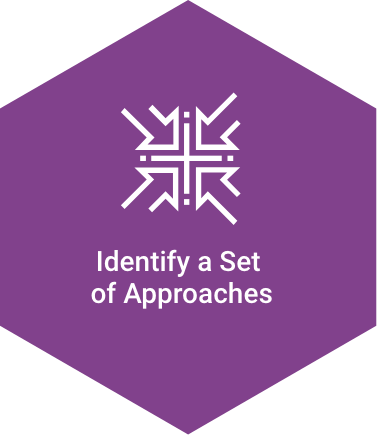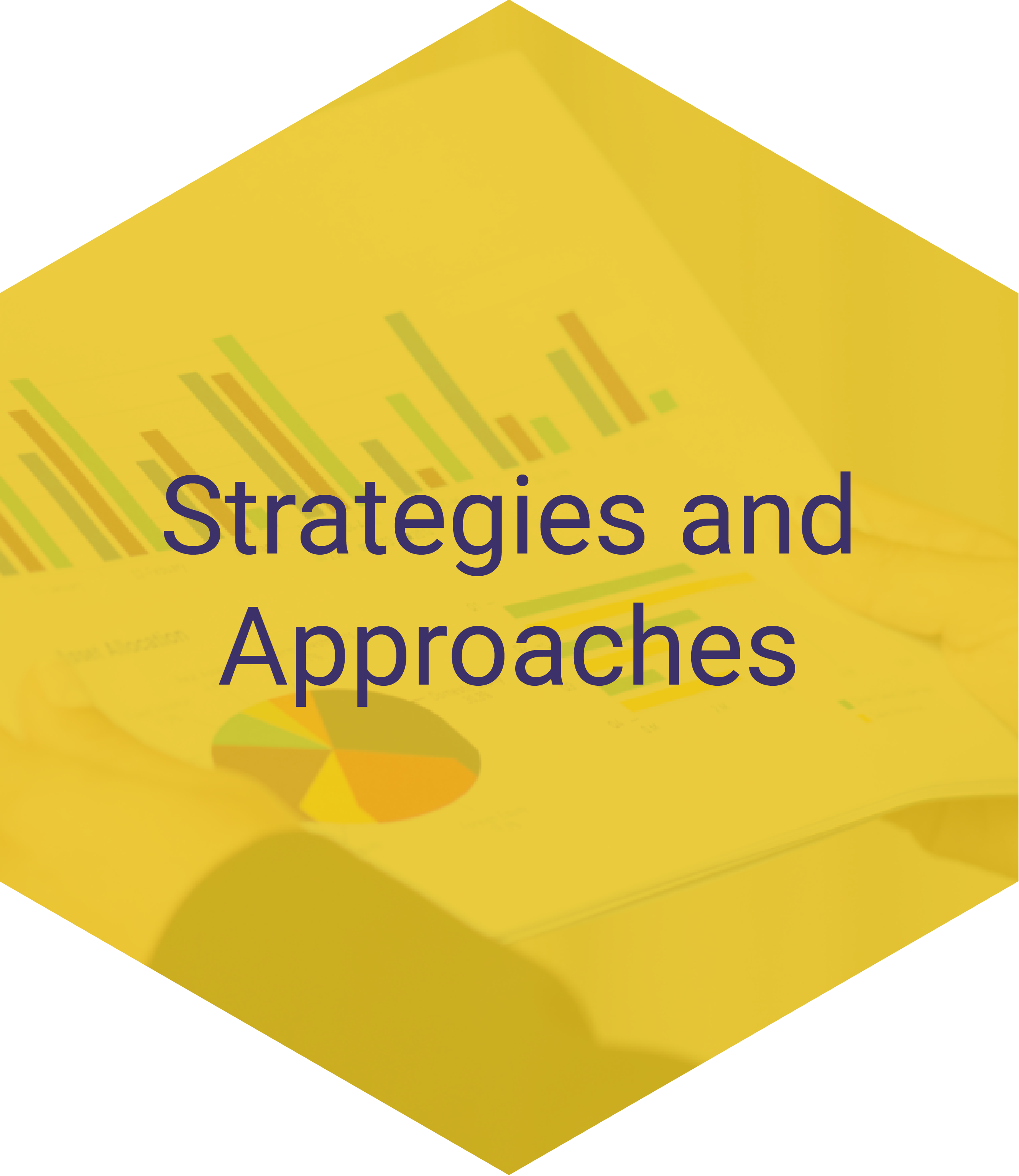Strategies & Approaches
selecting a mix where you can make a difference





Preventing violence comprehensively calls for multiple strategies that address the underlying risk and protective factors for violence that affect people, their relationships and communities, and society as a whole. CDC’s Resources for Action are designed to span these different levels of the social-ecological model. The strategies and approaches within these resources work together and reinforce each other.
The goal is to select strategies and approaches where you can make a difference and to work with other sectors and community partners in ways that advance the prevention of violence. The graphic below illustrates the major considerations in selecting the strategies and approaches that are a good fit for your community.
BEST FIT
PROGRAMS, POLICIES, OR PRACTICES
- Address a community’s prioritized risk factors and protective factors across the social ecology.
- Collaborate with community members and participants to identify opportunities for your sector and how to bring in other sectors.
- Drive desired outcomes in one or more types of violence.
- Address a community’s prioritized risk factors and protective factors across the social ecology.
- Identify opportunities for your sector and ways to bring in other sectors.
- Drive desired outcomes in one or more types of violence.
This graphic is interactive. Users can click on the circles to reveal text.
Download Accessible PDF
 STORIES
STORIES RESOURCES
RESOURCES APPROACHES
APPROACHES CONTACT
CONTACT





